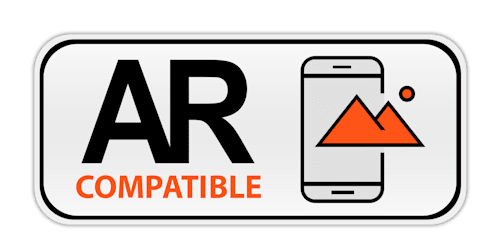Cannon Firing Process:
-
Loading: The first step in firing a cannon involved loading the cannon with gunpowder and a projectile, such as a cannonball or grapeshot.
-
Ignition: To ignite the gunpowder, a small charge or "quill" of gunpowder was placed in the touch hole, a small opening near the rear of the cannon.
-
Vent Cleaning: Before each shot, the vent or touch hole had to be cleared of any debris to ensure a reliable ignition.
-
Firing Mechanism: The ignition source varied over time. Initially, a soldier with a slow match (a length of burning rope) approached the cannon to ignite the touch hole manually. Later, more sophisticated firing mechanisms like flintlocks and friction primers were used.
Heating Mechanisms (in some cases): While the primary method of igniting gunpowder in cannons was through open flames, there were instances where heating mechanisms were employed for specific purposes:
-
Hot Shot: In naval warfare, cannons were sometimes used to fire "hot shot." This involved heating cannonballs red-hot before firing them. The intent was to set enemy ships or structures on fire upon impact.
-
Furnace or Fire Basket: Some forts and naval vessels had furnaces or fire baskets adjacent to the cannons. The cannonballs were heated in these devices before being loaded into the cannon. This practice was employed during sieges to fire incendiary shots.
It's essential to note that the use of heated shot was not a standard practice and was reserved for specific military strategies. In most cases, cannons were fired with conventional gunpowder without the need for additional heating.






